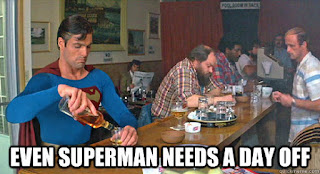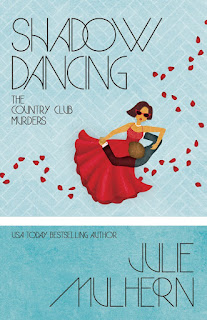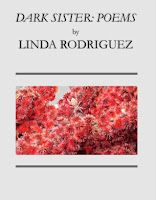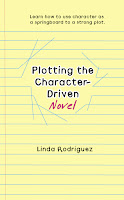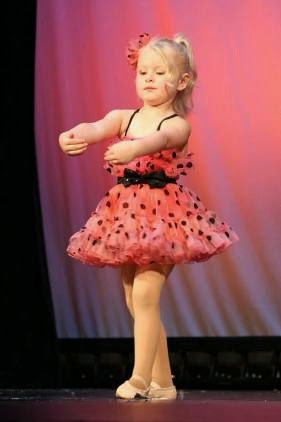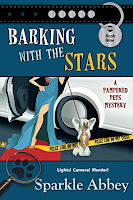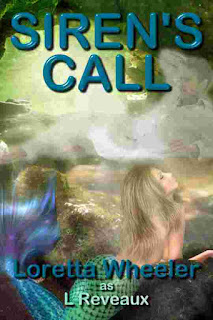Selected Readings
by Bethany Maines
called Noir at the Bar. It’s a fun event
that focuses on crime tales and the forties pulp-fiction style. I’m excited to participate, but as usual it
throws me into a tizzy of what to read.
Short stories come in all shapes and sizes but reading for an audience
is quite different. Not every story
translates well to an audience that’s slurping their way through cocktails and
appetizers. I would, of course, love an audience to hang breathless on my every
word, but even when an audience comes specifically to see an author it’s very
hard to get that level of studiously quiet audience participation.
developed the theory of “joke” short stories for readings. Not that a reading has to be funny, but that
it should be constructed like a joke.
at the top of a rise building. It’s a
swanky place, but there’s a guy in a suit and glasses slumped at the bar.
view,” says the man, looking out the window.
to look out for the cross-winds. They’re
killer,” says the drunk guy, brushing a curl of dark hair off his forehead.
about?” asks the man.
off his bar stool. “Here I’ll show
you.” He opens the window and steps out,
but the winds sweep in and he simply hovers in air and then steps back into the
bar.
man. “I can’t believe that.”
the guy in glasses.
building and plummets to the ground. The
bartender looks up from polishing the glasses as the drunk guy sits back
down. “Jeez, Superman, you are mean when
you drink.”
stares at you like cows in a field. It
doesn’t have to be a funny pay off, but there has to be some sort of solid finish
that gives an audience a feeling of conclusion. Usually, it’s some sort of twist that reveals the truth or that gives the audience the
key to understanding the story. I’ll be reading a condensed version of a short story from my Shark Santoyo story. Hopefully, Noir at the Bar enjoys what I’ve selected for
them. Wish me luck!
From the City of Destiny, San Juan
Islands Mysteries, Shark Santoyo
Crime Series, and numerous short stories. When she’s not traveling to
exotic lands, or kicking some serious butt with her fourth degree black belt in
karate, she can be found chasing her daughter or glued to the computer working
on her next novel. You can also catch up with her on YouTube,
Twitter and Facebook.

